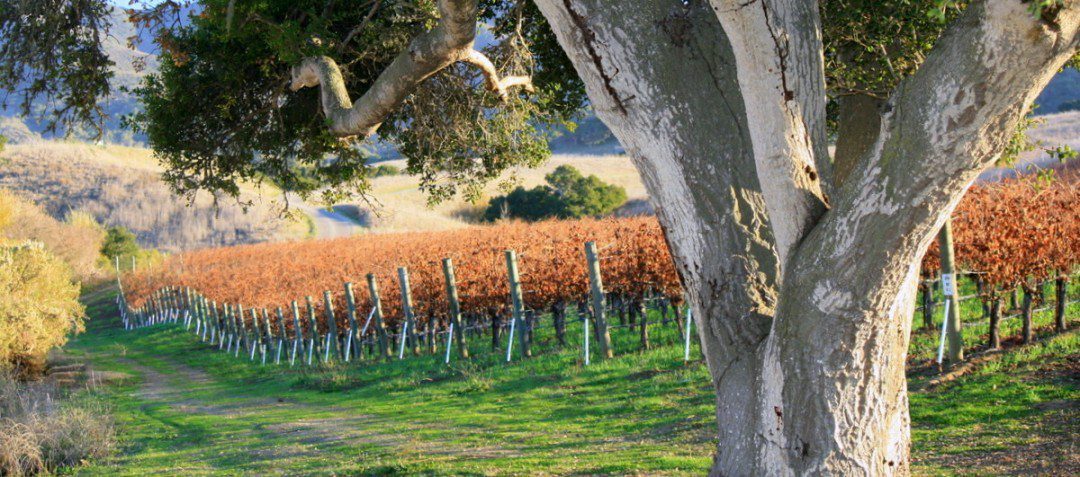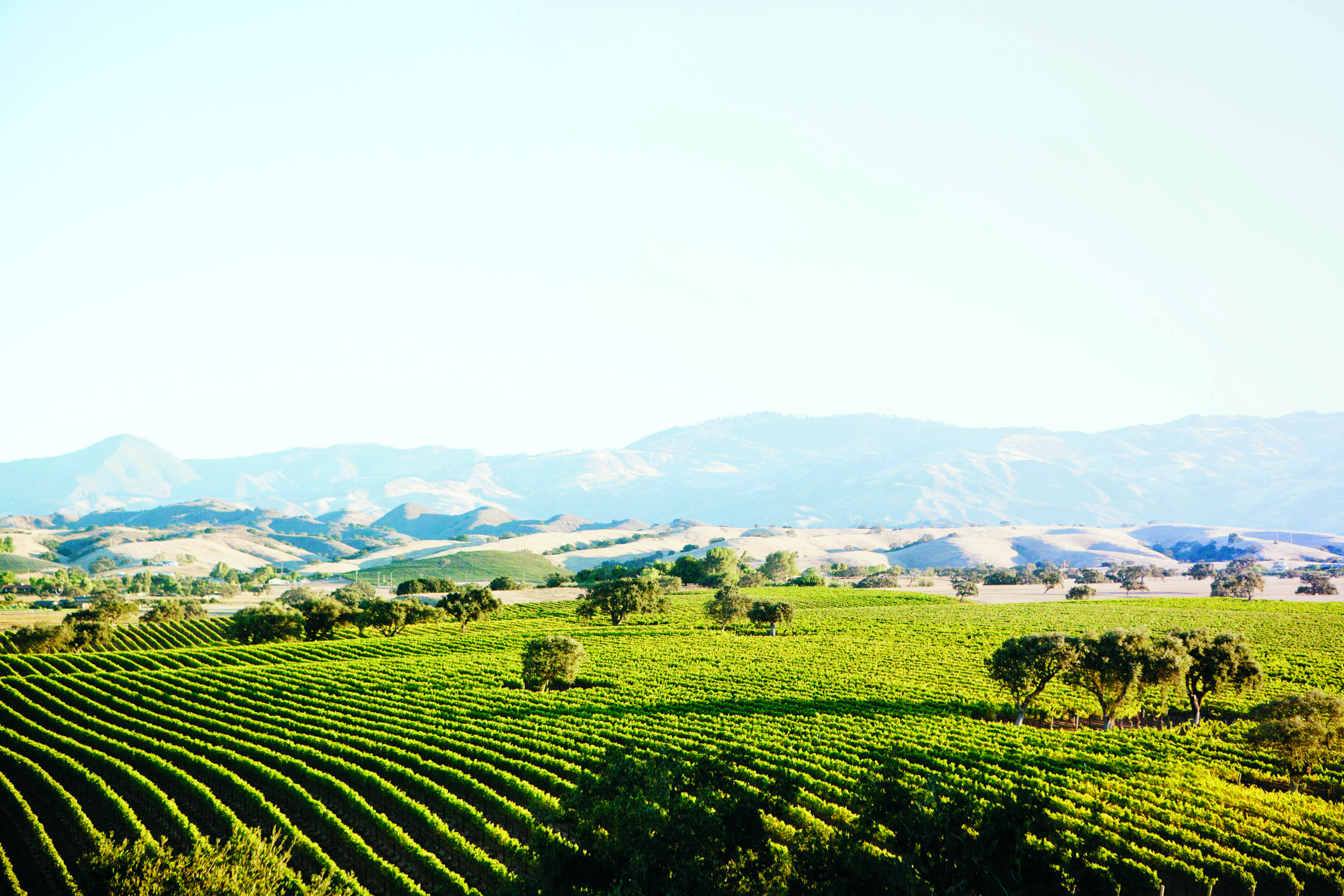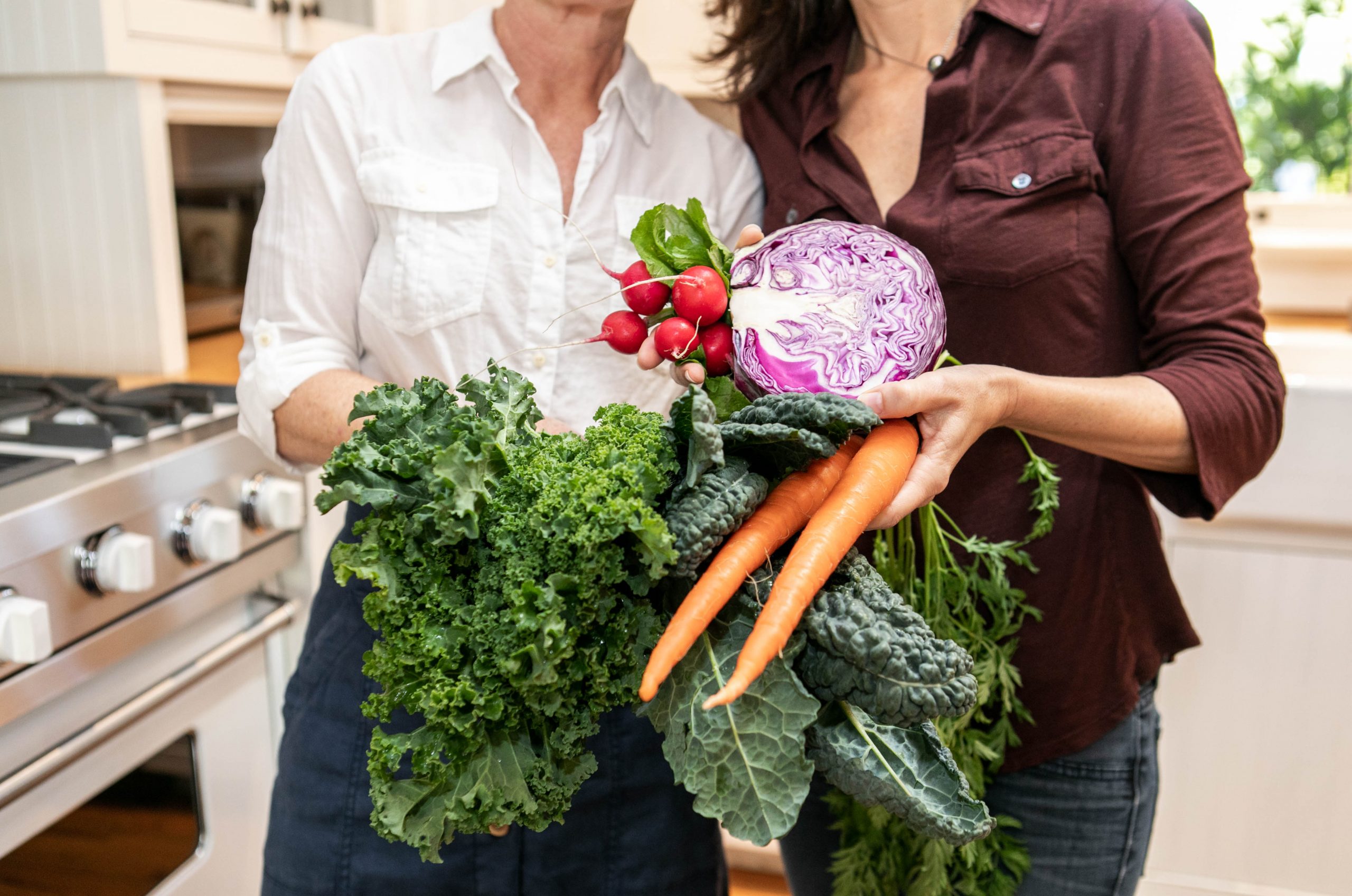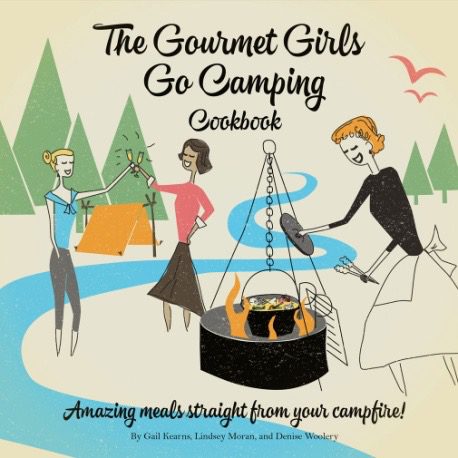New rules would allow for small, low-intensity tasting rooms in outer rural areas
By: Gina Potthoff
Over objections from those in the wine industry as well as neighbors irked by existing Santa Ynez Valley tasting rooms, the Santa Barbara County Planning Commission on Monday approved proposed revisions to the county’s decade-old winery ordinance.
The commission voted 4-1 during its Santa Barbara meeting to back county staff recommendations and to certify an environmental impact report, which will be forwarded on to the County Board of Supervisors for final approval.
While planning commissioners touted the rules as a blueprint for orderly development of wineries throughout Santa Barbara County, many winemakers likened the regulations to barriers preventing proliferation of their brands with a one-size-fits-all model.
John Hilliard of Hilliard Bruce vineyards in Lompoc’s Santa Rita Hills tried to paint a proper picture for commissioners, sharing his own by-appointment tasting experiences.
“It’s as if you had friends come over to look at your new home,” Hilliard said. “If we were lucky, we’d have three, four to five cars a day. These little visits are essential for us to survive. We need to be able to explain to people who we are and what makes our product special.”
Speakers on both sides acknowledged by-appointment basis tasting was a compromise to lessen traffic and to keep mom-and-pop wineries from having to deal with profit-eating distributors.
At the conclusion of four heated hearings, winemakers did find one silver lining — commissioners’ willingness to allow conditional use permits for small, rural county vineyards of at least 10 acres to operate wine tasting rooms on a by-appointment only basis.
Tasting rooms were previously only attainable for winemakers with at least 20 rural acres.
As the lone dissenting vote, Commissioner Cecilia Brown called the decision to allow low-intensity tasting rooms a “slippery slope.” She refused to lend support without more mitigations for residents worried about traffic, water and quality of life impacts.
Existing County Land-use and Development Code sets standards for winery use and development, which includes wine-tasting, food service and events. Projects are considered on a case-by-case basis — requiring permits and potential county code amendments — and fall into a three-tier system based on acreage, zoning and wine production.
Commissioner Daniel Blough negotiated the sole modification to approval, which altered the size of low-intensity “Tier A” wine tasting rooms from 200 square feet to 300 square feet.
The new rule would exclude inner rural (Ag-1 zone) properties and limit visitors to 20 at a time.
Local vintners pushed for 400 square-foot tasting rooms and inclusion of rural and inner rural properties near urban areas, according to Morgen McLaughlin, executive director of Santa Barbara County Vintners’ Association.
County planner Jessica Metzger said allowing Tier A wineries with tasting rooms in inner-rural areas would’ve required re-circulation of a final EIR due to significant traffic impacts.
With the changes, the commission eliminated language that would’ve required at least 20 percent of case production from grapes grown on the same lot as the winery.
The ordinance update also adds a “Tier D” winery, which allows the commission to determine limits for the number of winery visitors and special events with a final development plan or conditional use permit.
County planners once again found themselves trying to balance the needs of residents, small business owners and the increasing number of visitors to Santa Barbara County’s wine country.
Twenty-eight public speakers were split on the issue, with many opponents residing along or near Ballard Canyon Road.
Visit Santa Barbara President and CEO Kathy Janega-Dykes said the Santa Ynez Valley stands out from other wine regions because of its small, boutique wineries.
Ballard Canyon Preservation representatives urged for more mitigations, while others suggested wineries were preservers of space and culture. Just as farmers wish to pass on their estates, so do winemakers, said Katie Grassini of Grassini Family Vineyards, who cited years of contributions to local charities.
“We don’t want bachelorette parties or big groups,” she said. “We’ve got grandkids running around out there.”
Michael Larner of Larner Vineyard & Winery in Ballard Canyon said he worried only billionaires will be able to afford tasting rooms in the valley. He said he’s spent six years and every last penny trying to get a wine-tasting permit for his 134-acre ranch.
Commissioners briefly considered trying to limit the future number of wine tasting rooms on the curvy Ballard Canyon Road, but officials backed off when county counsel cited conflicted comments from County Public Works about exactly how dangerous the road is.
To read the complete staff report log onto http://sbcountyplanning.org/PDF/boards/CntyPC/09-19-2016/14ORD-00000-00006/PC%20Memorandum%20September%2019%202016%20hearing.pdf







